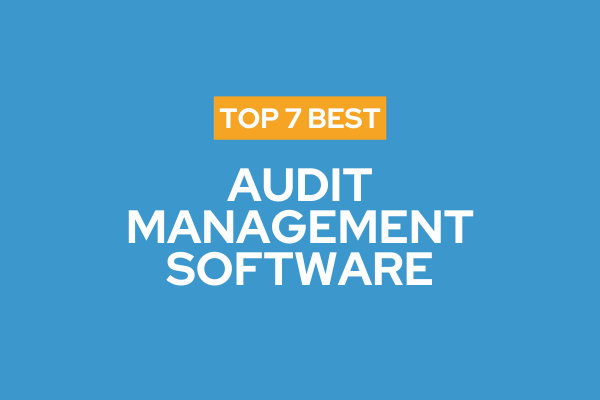
Top 7 Audit Management Software
Discover 7 audit management software to streamline compliance, automate workflows, and improve efficiency and risk management across your organisation.
Published on October 24, 2025
Last updated on November 27, 2025
When systems fail, organisations cannot afford prolonged downtime. Whether caused by natural disasters, cyberattacks, or system failures, disruptions can have serious financial and reputational impacts. Disaster Recovery as a Service (DRaaS) solutions provide the infrastructure and automation needed to recover quickly, maintain continuity, and minimise data loss.
With DRaaS, recovery environments are hosted and managed by a third party, allowing organisations to replicate and restore systems within minutes. This approach eliminates the need for expensive physical infrastructure and reduces the complexity of maintaining in-house disaster recovery setups.
In this article, we explore what DRaaS is, its essential features, and the best solutions currently available to help you protect your operations and data effectively.
Disaster Recovery as a Service (DRaaS) is a cloud-based solution that replicates an organisation’s IT systems and data to a secure, offsite environment. In the event of a disruption, operations can be switched to the replicated environment, ensuring business continuity with minimal downtime.
Unlike traditional disaster recovery approaches that rely on secondary physical sites, DRaaS leverages cloud technology to provide flexibility, scalability, and faster recovery. It typically includes continuous data replication, automated failover, and orchestration tools for seamless recovery.
For many organisations, DRaaS provides a cost-effective and efficient way to safeguard critical operations, especially as cyber threats and compliance requirements continue to evolve.
Selecting the right DRaaS platform depends on how well it aligns with your recovery objectives and operational needs. Below are key features to look for.
Ensures data is mirrored in real-time to a secure offsite location, reducing the risk of data loss and maintaining operational integrity.
Allows systems to switch seamlessly from primary to recovery environments and back again once the issue is resolved, minimising manual intervention.
Provides control and visibility over recovery metrics, ensuring your recovery goals are met according to business continuity requirements.
Simplifies the disaster recovery process by automating repetitive steps, allowing faster, predictable failover processes.
Supports replication and recovery across different cloud environments or between on-premises and cloud, ensuring flexibility.
Includes encryption, role-based access control, and audit capabilities to safeguard data and support compliance with standards such as ISO 27001 and GDPR.
Allows you to scale recovery resources on demand, paying only for what you use during normal operations and disaster events.
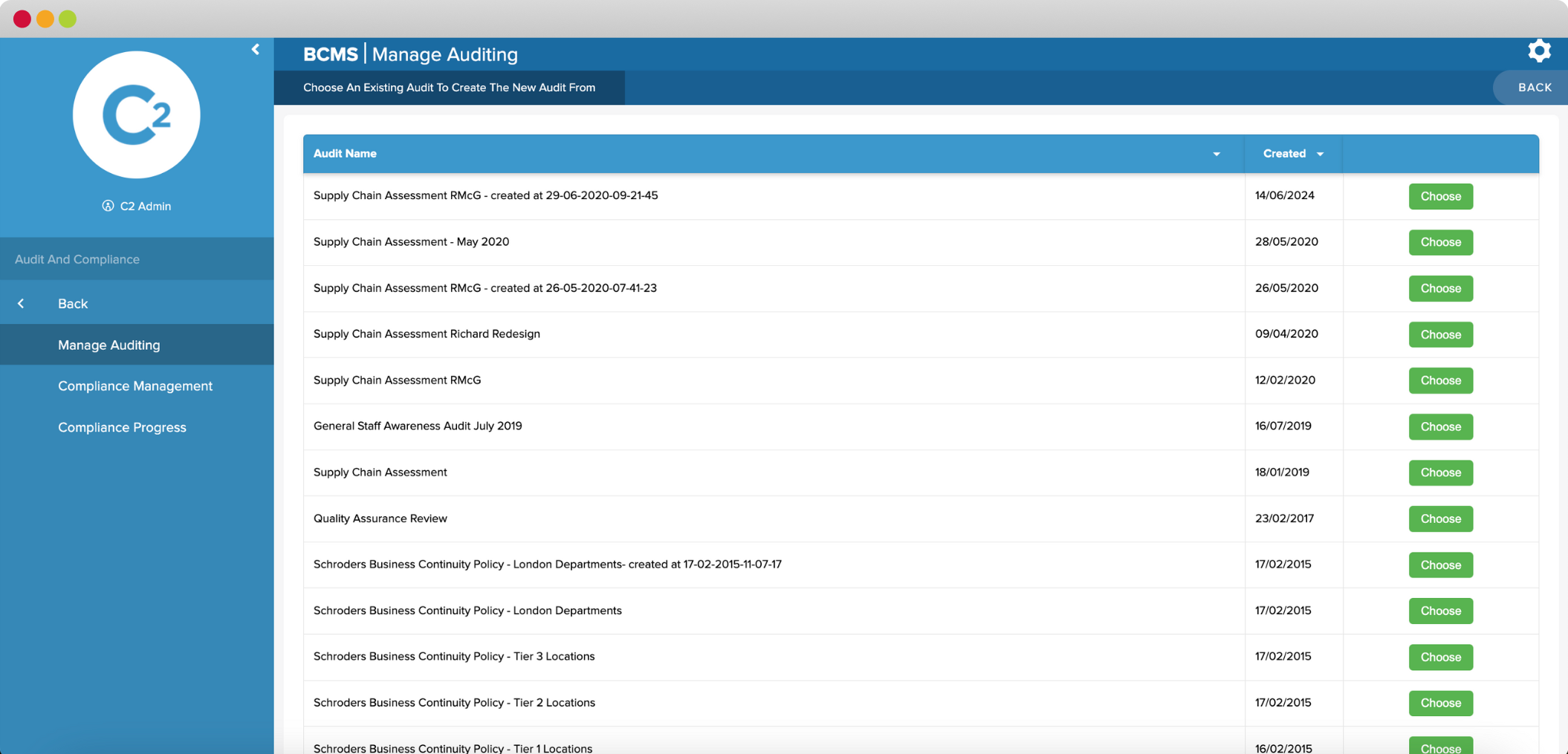
Continuity2 delivers an industry-leading DRaaS solution designed to support complex business continuity and operational resilience strategies. It integrates recovery orchestration, automated failover, and advanced monitoring to ensure critical systems are always recoverable. Built for scalability, it supports hybrid and multi-cloud deployments, enabling seamless integration across infrastructures.
Key Features:
Best for: Enterprises seeking a comprehensive, compliance-ready DRaaS platform integrated with business continuity management.
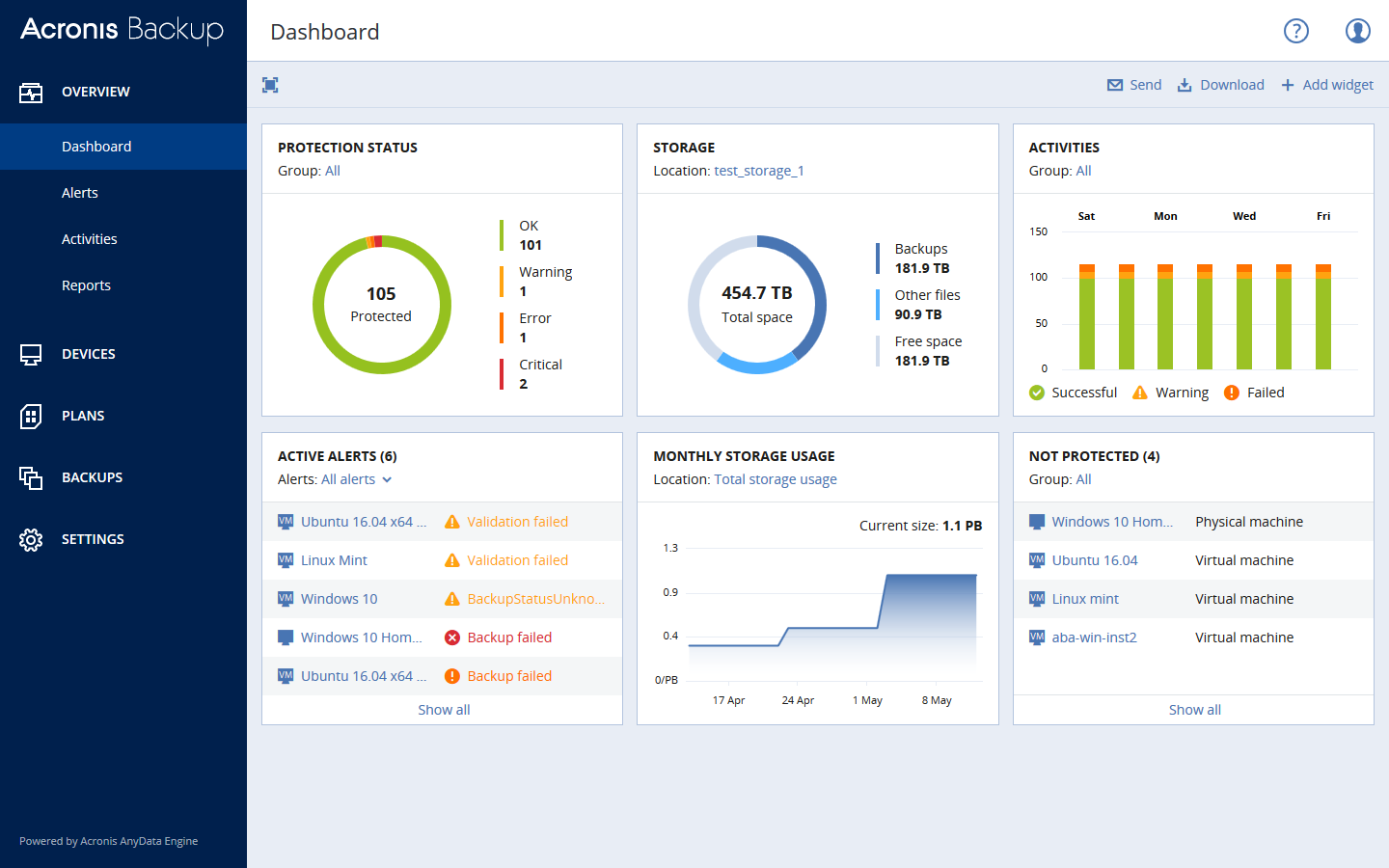
Acronis DRaaS combines data protection, cybersecurity, and backup into a unified service. The solution provides full-image and file-level recovery, alongside AI-based ransomware protection.
Key Features:
Best for: Mid-sized businesses prioritising integrated data protection and cybersecurity in one solution.
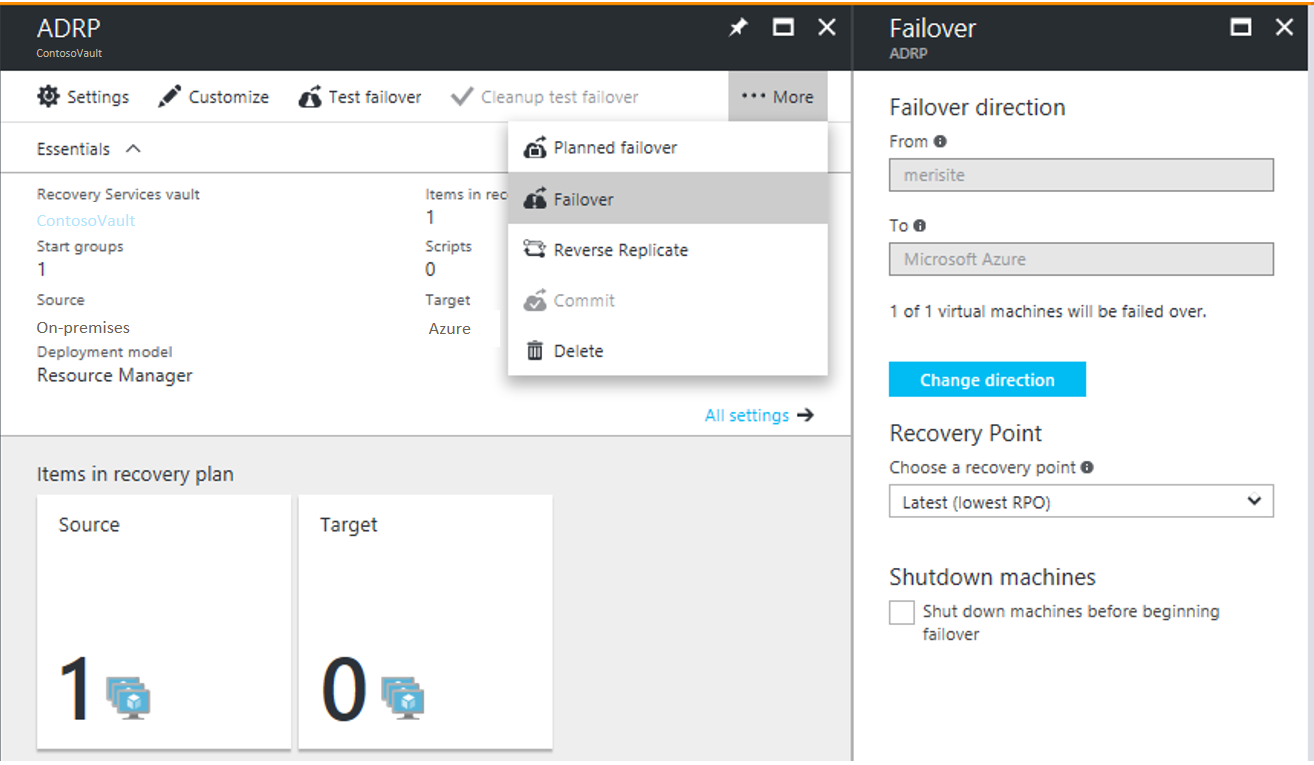
Azure Site Recovery provides native DRaaS capabilities for organisations running workloads on Azure or hybrid environments. It automates failover and replication between Azure regions or from on-premises to the cloud.
Key Features:
Best for: Organisations already using Microsoft Azure infrastructure and services.
IBM’s DRaaS combines managed recovery services with advanced automation, offering end-to-end support. It delivers near-zero recovery time through continuous replication and integrates with IBM Cloud and VMware environments.
Key Features:
Best for: Large enterprises requiring robust, global recovery coverage.

Rubrik provides modern, cloud-native DRaaS with integrated backup, recovery, and ransomware protection. It simplifies disaster recovery through policy-based automation.
Key Features:
Best for: Organisations seeking strong ransomware resilience with simplified recovery management.
Unitrends delivers DRaaS through an all-in-one backup and continuity platform designed for SMBs and enterprises. It offers full-site failover, recovery assurance, and continuous monitoring.
Key Features:
Best for: Organisations looking for a managed DRaaS option with simple configuration.
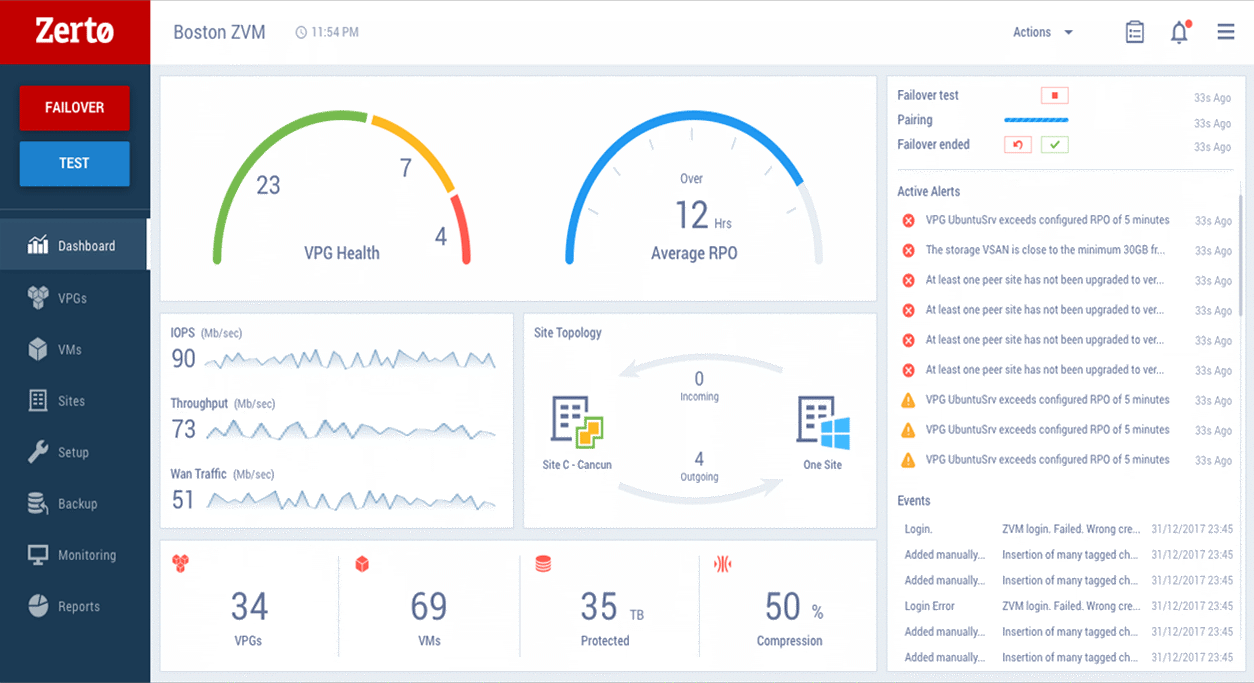
Zerto, part of Hewlett Packard Enterprise, provides enterprise-grade disaster recovery through continuous data protection and orchestration.
Key Features:
Best for: Enterprises prioritising low-latency recovery and hybrid-cloud support.
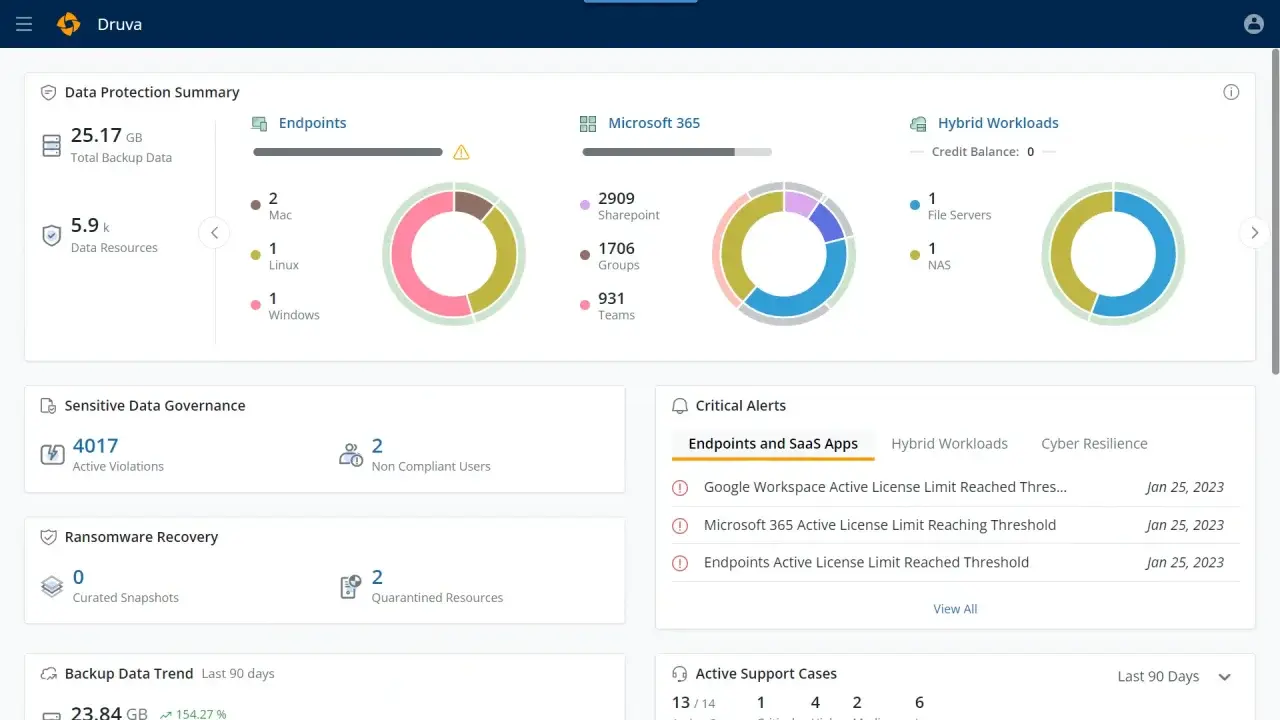
Druva offers cloud-native DRaaS with integrated backup and recovery. Built entirely on AWS, it eliminates the need for hardware or complex setup.
Key Features:
Best for: Cloud-first organisations seeking lightweight, fully managed DRaaS.
Disaster Recovery as a Service (DRaaS) offers a faster, more cost-effective, and scalable way to protect business operations, combining automation, simplified management, and compliance-ready resilience in a single cloud-based solution.
DRaaS platforms drastically reduce downtime by enabling automated failover within minutes, allowing operations to resume quickly after disruptions.
Cloud-based recovery eliminates the need for secondary data centres and hardware maintenance, significantly lowering capital and operational expenditure.
Centralised dashboards and automation reduce the administrative burden, allowing IT teams to focus on core operations rather than complex recovery processes.
Built-in security and audit trails support compliance with regulatory standards such as ISO 22301, GDPR, and SOC 2.
DRaaS solutions scale according to your infrastructure and data growth, ensuring continuous protection as your business expands.
A resilient disaster recovery strategy is more than a safeguard — it’s an operational necessity. The right DRaaS platform not only mitigates downtime but also reinforces overall business continuity.
C2’s DRaaS platform offers seamless integration with its broader resilience and continuity solutions, enabling organisations to build a unified, compliant, and automated recovery strategy.
Book a Demo with C2 today to learn how your organisation can strengthen its operational resilience with a tailored DRaaS solution.
Founder & CEO at Continuity2
With over 30 years of experience as a Business Continuity and Resilience Practitioner, Richard knows the discipline like the back of his hand, and even helped standardise BS25999 and ISO 22301. Richard also specialises in the lean implementation of Business Continuity, IT Service Continuity and Security Management Systems for over 70 organisations worldwide.


Founder & CEO at Continuity2
With over 30 years of experience as a Business Continuity and Resilience Practitioner, Richard knows the discipline like the back of his hand, and even helped standardise BS25999 and ISO 22301. Richard also specialises in the lean implementation of Business Continuity, IT Service Continuity and Security Management Systems for over 70 organisations worldwide.

Discover 7 audit management software to streamline compliance, automate workflows, and improve efficiency and risk management across your organisation.
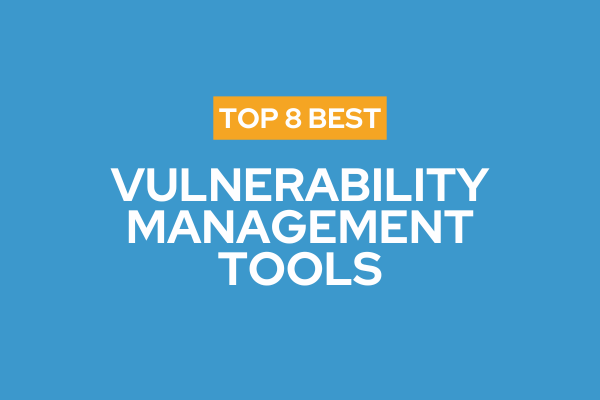
Explore the best VRM software to streamline due diligence, monitor vendors in real time, and support compliance, reporting, and business continuity.

Find the best supply chain management software of 2025 and gain real-time visibility, streamline planning and logistics, and protect business continuity.
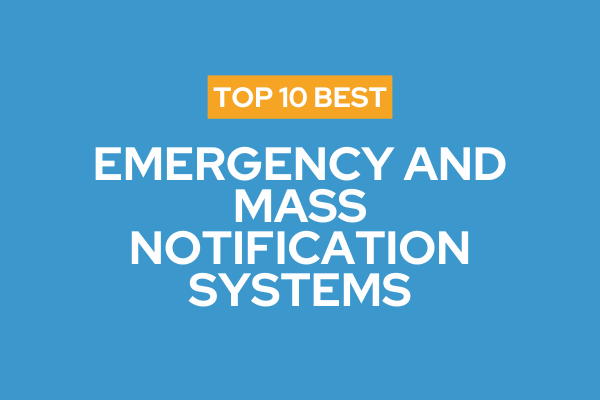
Discover the top 10 Emergency & Mass Notification Systems for 2025—features, use cases and benefits to speed alerts, protect people and maintain continuity.
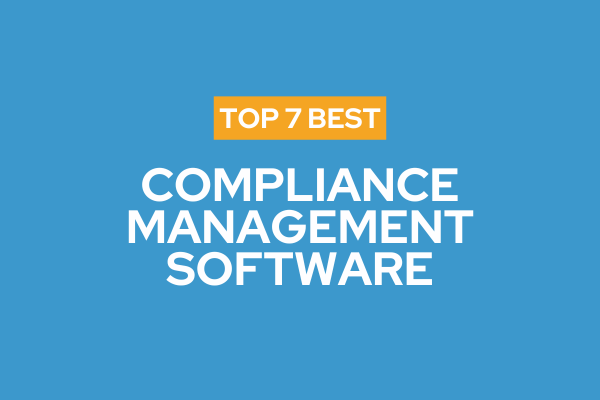
Compare the top 7 compliance management platforms. Learn key features, benefits, and use cases to automate workflows, reduce risk, and simplify audits.
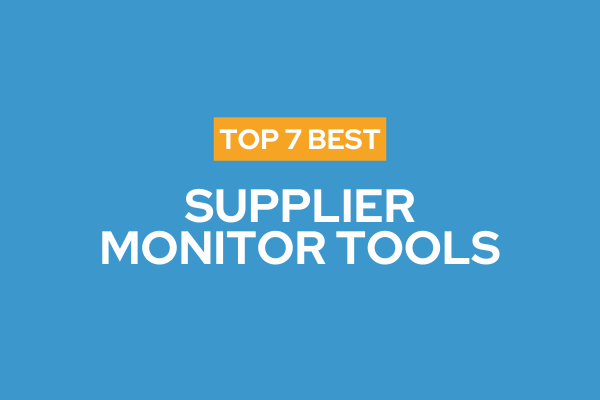
Compare the top supplier monitoring tools of 2025 and find the right software to enhance supplier visibility and protect your supply chain.

Explore the top 7 resilience analytics and simulation tools that help organisations predict disruptions, ensure compliance, and strengthen recovery readiness.
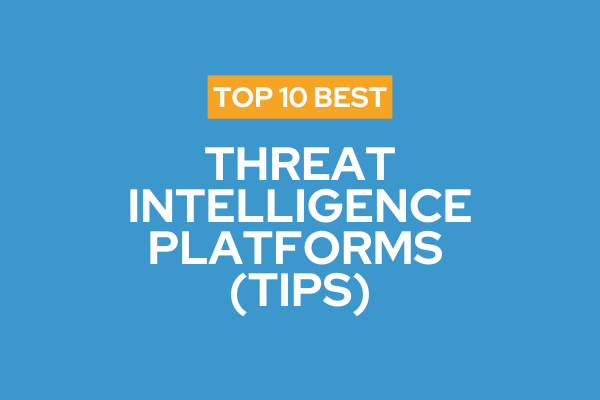
Discover the top 10 Threat Intelligence Platforms of 2025 to detect, analyse, and respond to cyber threats with greater speed and precision.

Discover top risk and resilience software for manufacturing in 2025—SOAR automation, visibility, and compliance to protect uptime and supply chains.